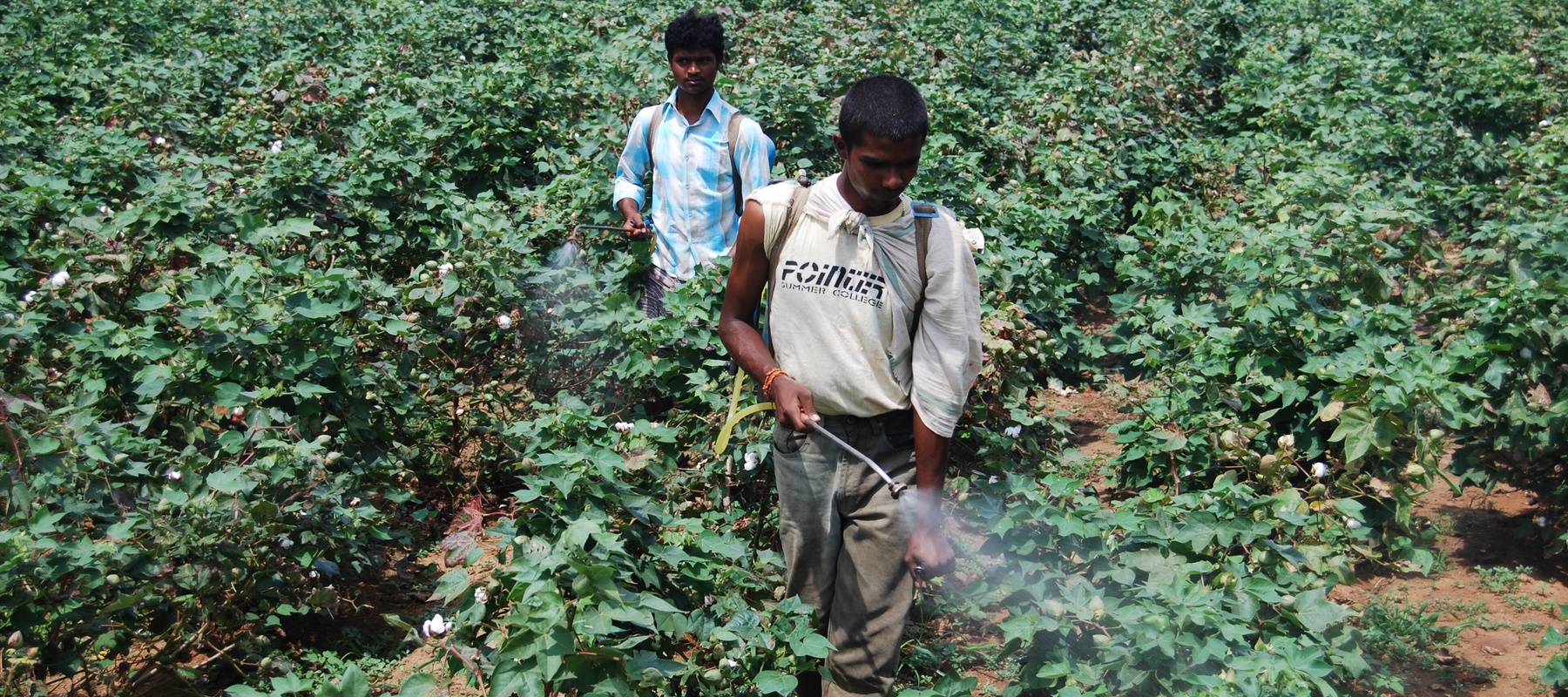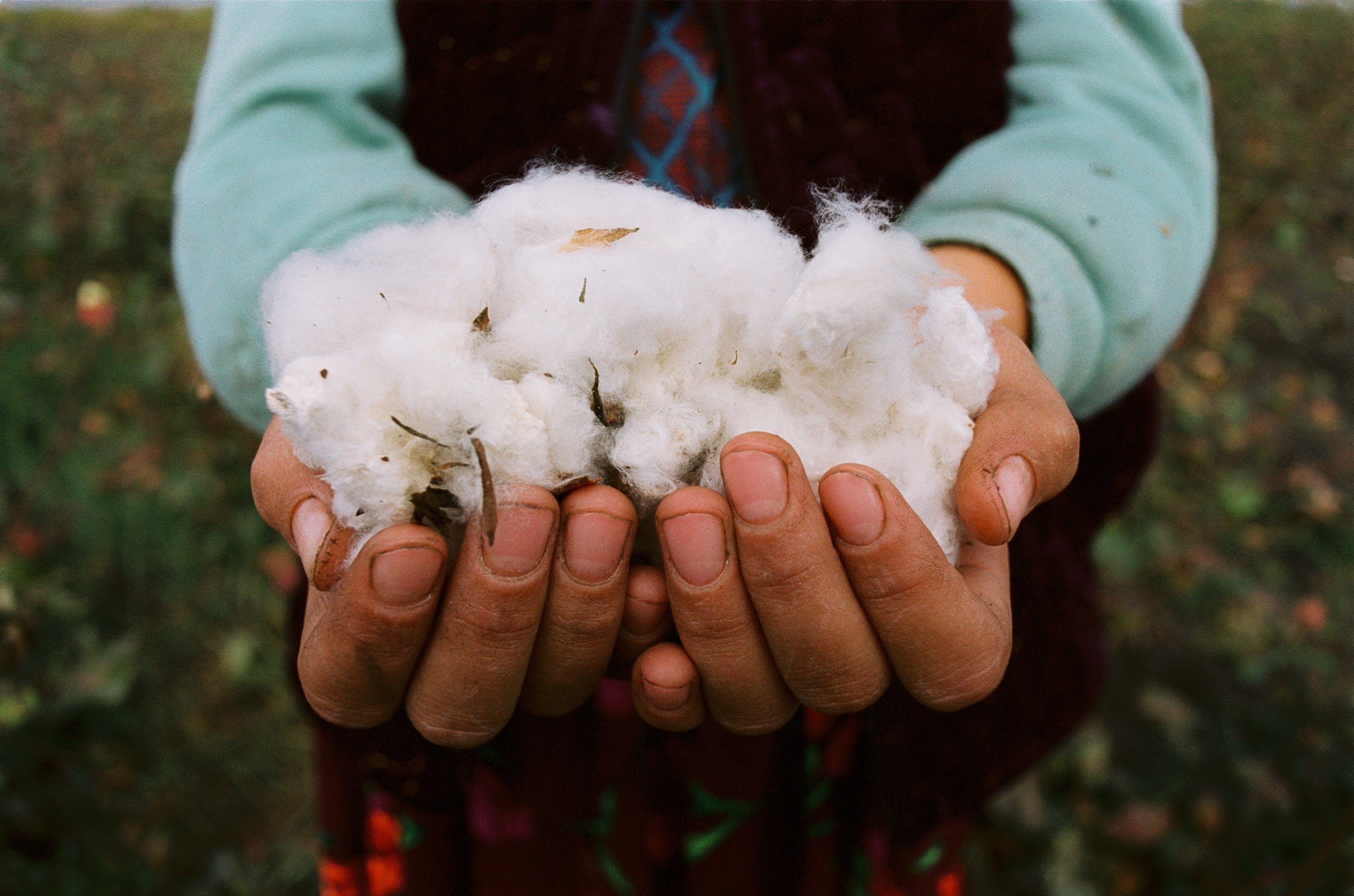Today marks 20 years since the launch of the Environmental Justice Foundation. Two decades is a long-time to fight environmental crimes, but this milestone is also an occasion to celebrate breakthroughs and successes.
One of our very first projects was in Cambodia filming the environmental aftershock left by the Khmer Rouge dictatorship during the 1970s. There we saw the clear link between human rights abuses – the familiar mounds of skulls – and environmental degradation. As centuries of agricultural wisdom had been wiped out through the Cambodian genocide, there was a shortage of everything farming has traditionally required: investment, hands, know-how, manure, muscle, seeds and patience.
The result was a vacuum ripe for exploitation. We documented the sudden influx of lethal pesticides from neighbouring countries: the most common was Endosulfan, an organochlorine pesticide – known for their high toxicity, slow degradation and bioaccumulation in the natural environment. Endosulfan is also an endocrine disruptor that disrupts hormones and causes birth defects. Partnering with the Cambodian Center for Study and Development in Agriculture, we filmed how farmers would mix several pesticides in Sprite bottles and spray this deadly cocktail on a small patch of land. Kids, livestock, soil and waterways were all coated in the foul-tasting mist causing untold damage to the land and those who lived on it.
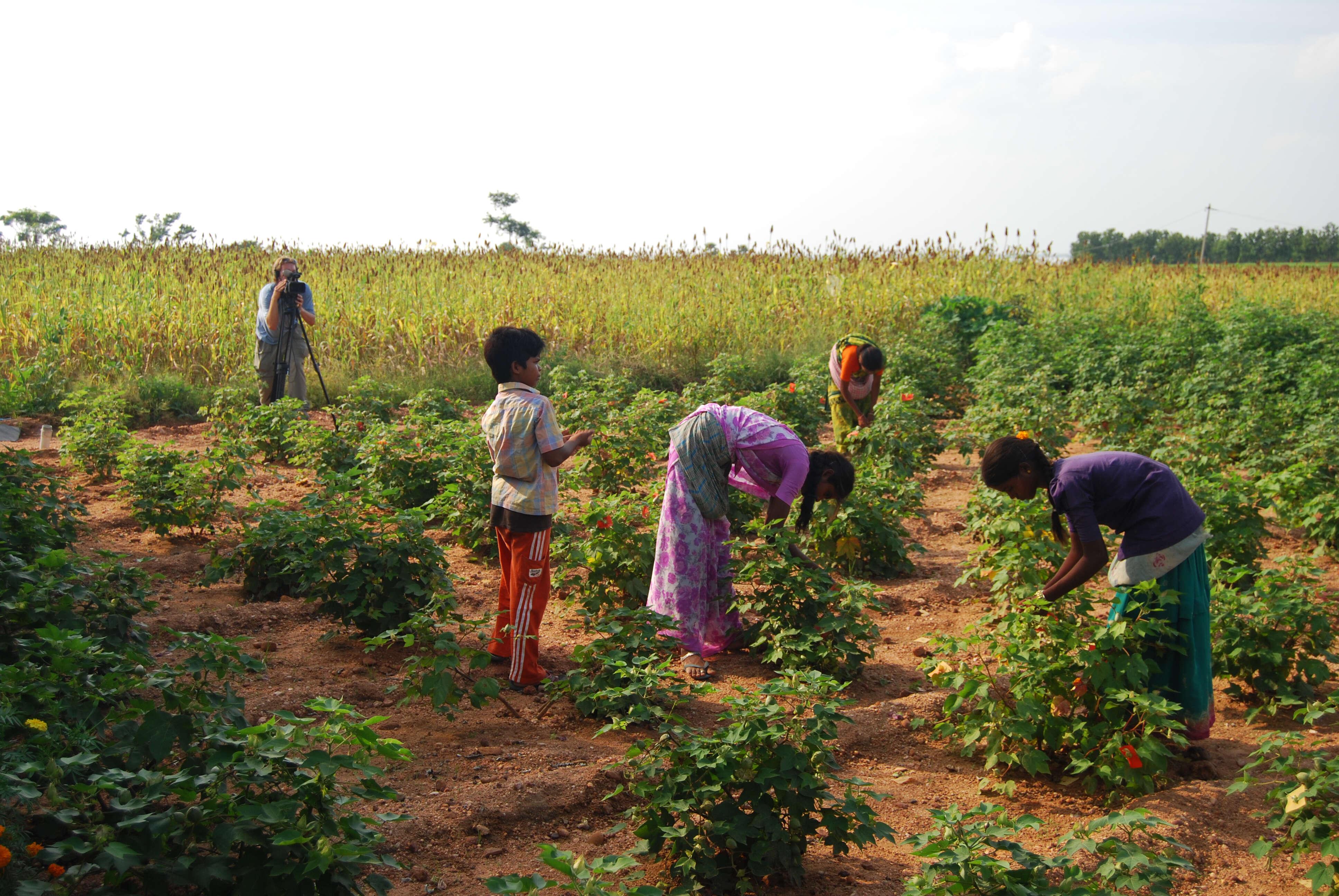
The battle for the ban
EJF spearheaded the campaign for an international ban on Endosulfan. It was a long and slow battle, but Endosulfan’s addition to the Stockholm Convention – the international agreement on banned chemicals – was a decisive victory. It is now outlawed in over 80 countries and undergoing a global phaseout.
In the mid-2000s, we launched our cotton campaign and again Endosulfan and a host of other noxious chemicals came to the fore of our work. Cotton provides roughly 25% of global fibres and is notoriously vulnerable to over 400 pests and diseases. We gathered evidence in the field, and worked with grassroots activists determined to end the toxic trade. From India, to Mali, Egypt and Uzbekistan, we compiled a dossier outlining the human and environmental consequences of intensive pesticide use.
“He fell like a fruit from the tree” – the words of a mother whose 11-year old son had collapsed and died in the cotton fields shortly after they were sprayed with pesticides.
We found schoolchildren forced to spray fatal poisons. Farmers complaining of illnesses their parents and grandparents had never heard of. New-borns emerging from wombs with misshapen joints and often with profound learning difficulties. We never saw personal protective equipment. Farmers, many illiterate, could not hope to read and understand the warnings on the bottles or packs they applied to their land.
Often warning labels are not written in local languages or farmers are unable to read.
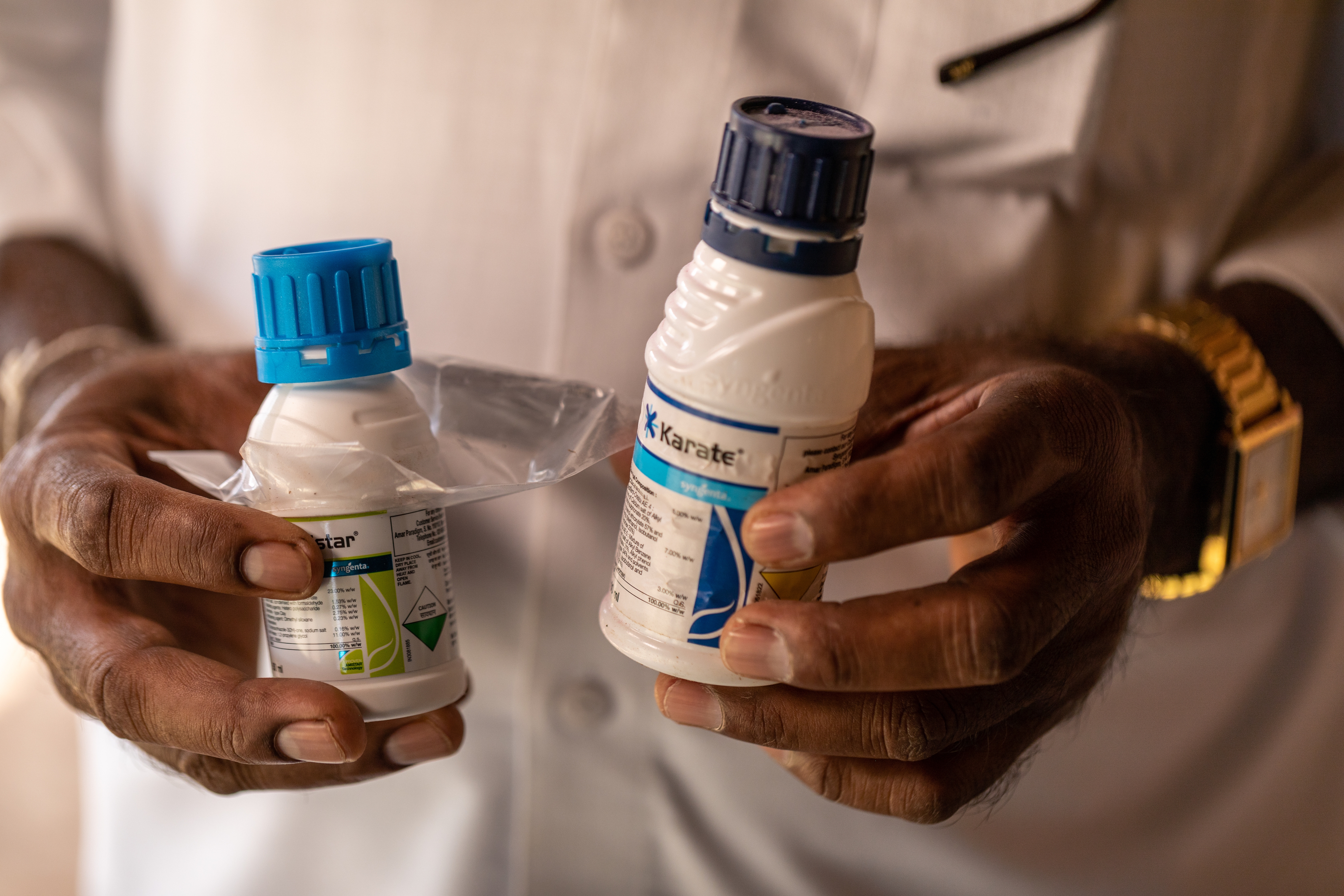
Yet the early 2000s were boom years for Monsanto, Syngenta, Bayer and all the other multinational sellers of seed-pesticide-fertiliser packages. Those companies had, by then, developed and patented GM crops (including GM cotton) which weren’t only intended to be resistant to pests, but also, crucially, to the pesticides: if, say, your GM cotton was resistant to the weedkiller Dicamba, you could spray Dicamba as liberally as you liked without worrying about damaging your crop. For only a little lay-out to Monsanto/Bayer, the crop-protection job became ten times easier.
But soil fertility declined as a result of the intensive use of chemicals in the natural environment. Cotton farmers in India, Brazil, Australia, China and the United States – countries which produce the vast majority of global cotton – were beginning to spray their crops not just once or twice, but 20 or 30 times in the short growing season. Pests grew resistant and found their predators eliminated. Suddenly farmers were having to buy more and more fertilisers, and modified seeds, and newly-patented poisons to keep up. They were on what’s been called the “pesticide treadmill”.
The use of toxic pesticides is particularly problematic in cotton because it’s not considered a food crop by many regulators. But the seeds are used to make cooking oils and margarines, and the hulls provide feed to cattle and chickens. The pesticides sprayed on cotton enter the food chain and one such weedkiller – Glyphosate – is consistently found in cows’ urine, in chickens’ eggs and women’s breastmilk.

Toxic strategy
Over the years, as our campaigns gained momentum, certain killers like Paraquat and Monocrotophos have been widely banned. But the agrochemical industry had a grim, new strategy: as those substances became outlawed in the developed world, Bayer and Syngenta started shipping them to the developing world.
The result is that even today pesticides which are so fatal that one sip can kill (many were first patented as chemical weapons) are still being sold by respectable companies in the west: Syngenta’s Huddersfield plant in the UK even ships an average of 41,000 tonnes of Paraquat every year despite it being banned in the UK and EU since 2007.
This loophole in pesticide controls is – like all loopholes - technically legal, but we believe it represents a shocking injustice. These pesticides are causing epidemics: they are responsible for cancers, cognitive impairments, birth defects and biodiversity breakdown. If their use is outlawed in the EU and the UK, we believe that it should be a corporate crime to manufacture and sell them here.
The pesticide debate can often seem like a remote one, a problem for the poorest, illiterate farmers who have no protective equipment. But the normalisation of Glyphosate is a case study in how a toxic chemical has conquered the western world too. Also known as Round-Up, this notorious weedkiller is in almost every gardener’s shed in Europe. It has become so familiar that we forget that it’s been described as a “probable human carcinogen” by the WHO’s International Agency for Research on Cancer.
That’s why last week Bayer (since 2018 the owner of GM giant Monsanto) settled an eye-watering class action for over $10 billion in the USA. The settlement recognised that tens of thousands of American farmers hold Glyphosate responsible for their chronic conditions, particularly the blood cancer, Non-Hodgkin Lymphoma. It’s also been shown to cause liver and kidney damage at dosages far below the recognised Maximum Residue Level; to reduce soil fertility by bonding trace minerals; and to damage human intestines.
Since Glyphosate is designed to enter the cells of plants, it can’t be eradicated by washing, peeling or cooking. So it’s present in almost all our foods: The U.S. Geological Survey (USGS) has detected Glyphosate in more than 75% of rain samples across the American Midwest and residues have been discovered in 27 out of 109 samples of bread sold in England. Pesticides are now so common in the food-chain that almost half (47.8%) of 91,015 samples recently tested by the European Food Safety Agency were found to contain pesticides. They’re so persistent that residues of DDT are still being found decades after it was outlawed in agriculture.
David and Goliath
One of the pleasures of the Covid-19 lockdown has been seeing roundabouts, verges, hard shoulders and pavement cracks bloom with wildflowers. The brief pause in councils’ spraying of Glyphosate showed what beauty can emerge if we leave behind our obsession with weed-free lawns. The ‘pesticide-free town’ movement is growing fast. Many people are discovering they prefer parks which look more like flower meadows than football pitches.
And yet Glyphosate still dominates the agricultural and gardening economies in the UK and abroad. Almost all councils subcontract park maintenance to firms whose use of Glyphosate is never questioned. British supermarkets make millions from selling Round-Up. Our obsessional resort to a lazy man’s form of gardening – kill everything bar the grass – means that we’re every bit as responsible for the pesticide tragedy as are farmers in the developing world.
It’s a David and Goliath battle. The pesticide industry is worth close to US$60 billion, and that cake is only divided amongst a handful of big companies. Like the tobacco companies of old, these powerful oligarchs lobby policy-makers, fund politicians, sow doubt by co-opting scientists and create neutral-sounding front-groups. They can afford to be persuasive: Monsanto’s marketing budget, for example, hovers just below $100 million per annum.
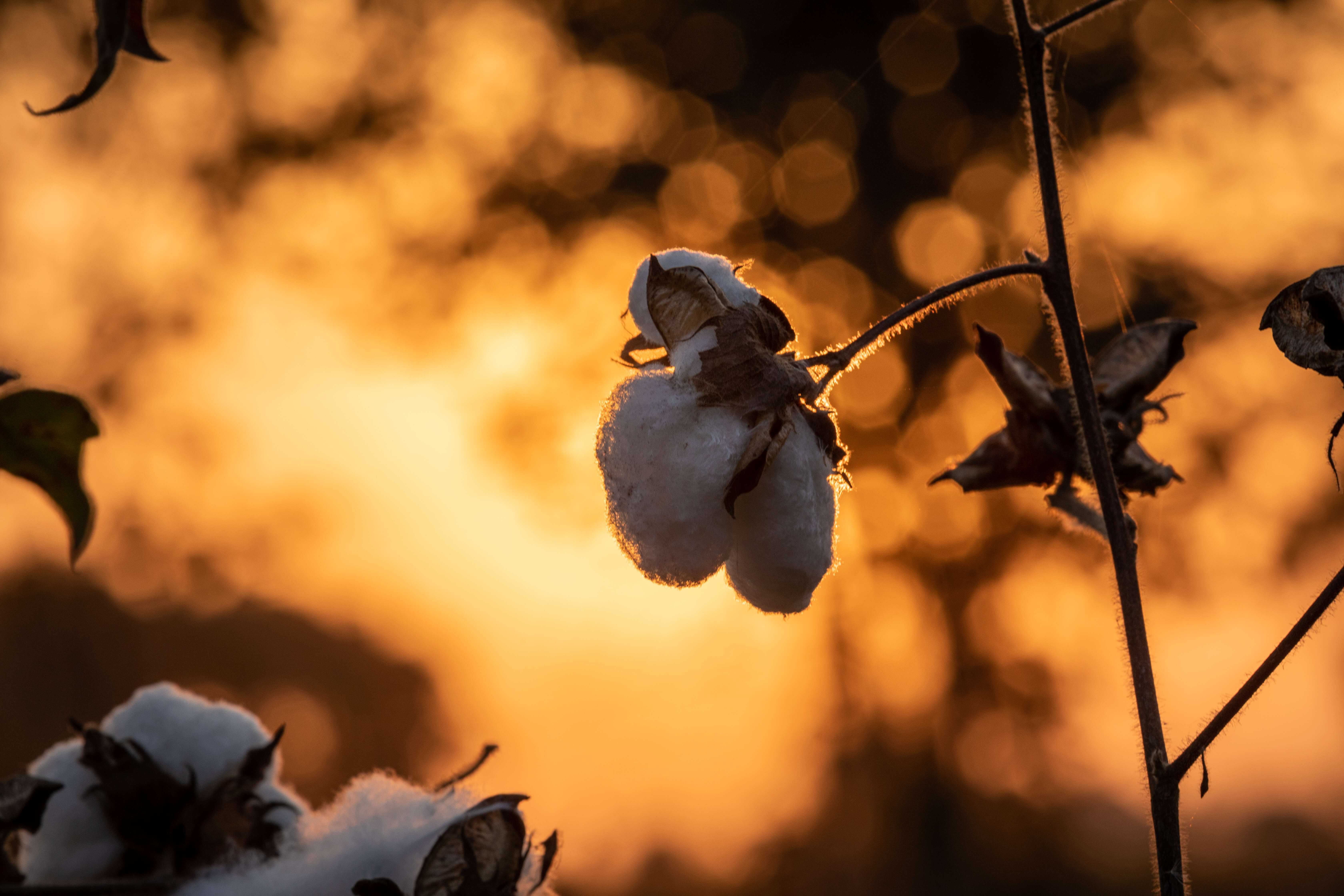
the only sustainable way to provide food, and cotton fibres, for ourselves and future generations is to farm organically and not drench fields with synthetic chemicals
But although victories are hard to come by, they are well worth winning. Our investigative films and reports over 20 years have contributed to a growing awareness of the horrific costs which too often accompany chemical pesticides. Indian authorities are currently discussing outlawing Monocrotophos and other pesticides classified as highly hazardous; various American states have banned Dicamba. The European Union has banned the three main neonicotinoids - Clothianidin, Imidacloprid and Thiamethoxam – for outdoor use. However dirty the coalface at which we work, we are making a difference.
In the coming years we will continue to campaign against all forms of chemical pesticides. We have always believed that the only sustainable way to provide food, and cotton fibres, for ourselves and future generations is to farm organically and not drench fields with synthetic chemicals that should never have found their way out of the lab. We will continue to raise awareness amongst councils, supermarkets and consumers that Glyphosate should never be normalised, and that farming must be reliant on good sense and honesty, not GM crops and mega-corporations.
SIGN UP FOR OUR EMAILS AND STAY UP TO DATE WITH EJF
